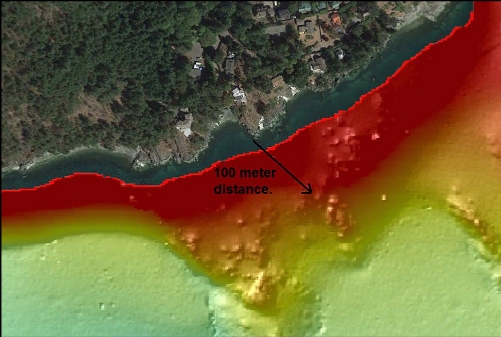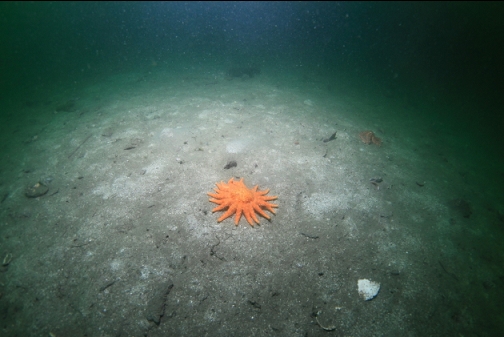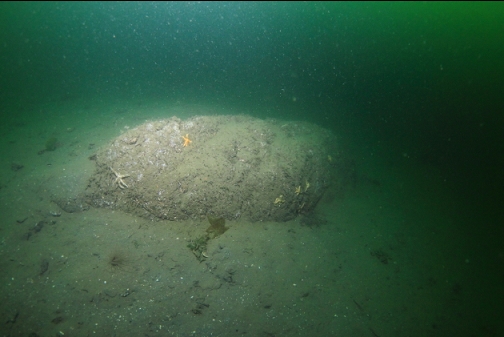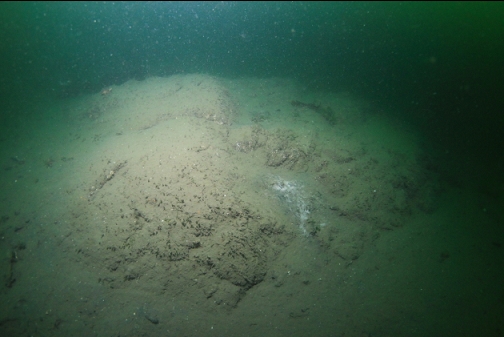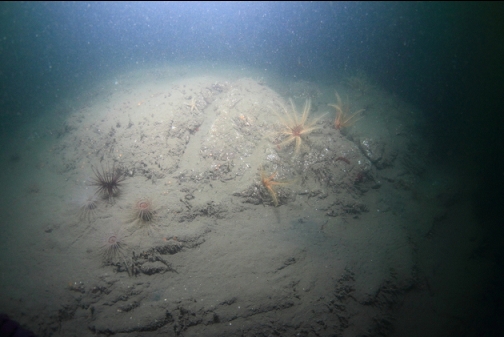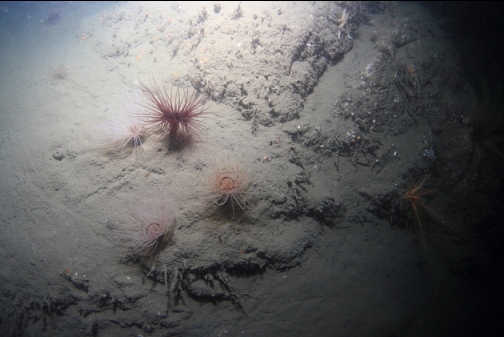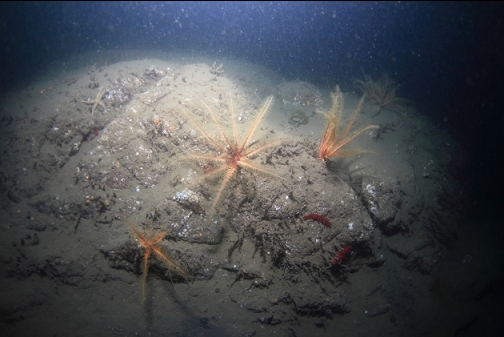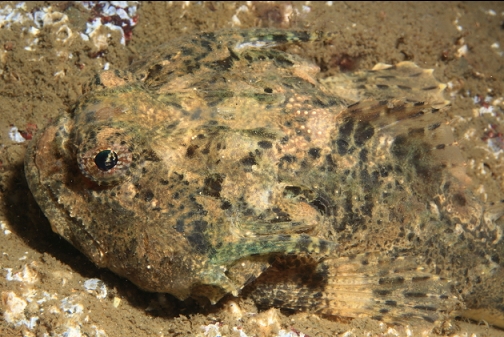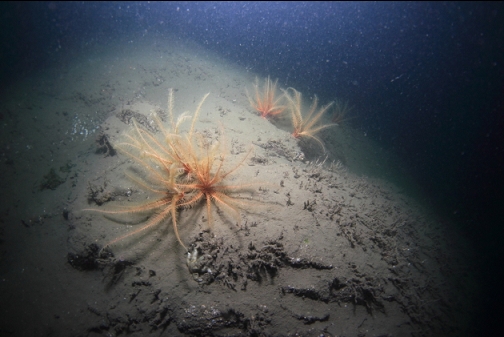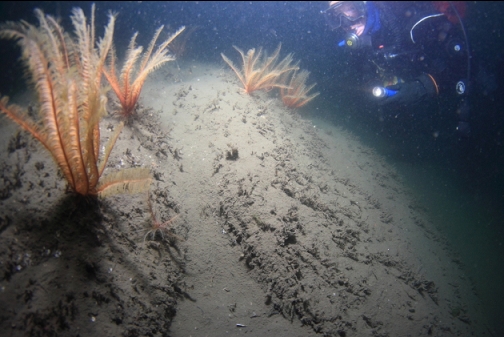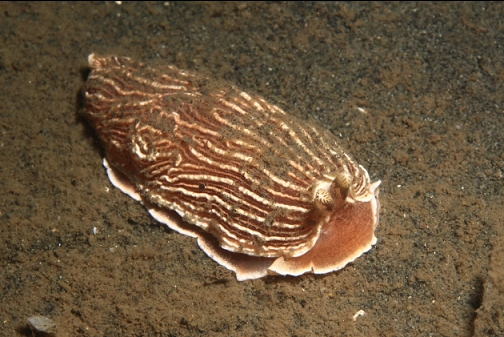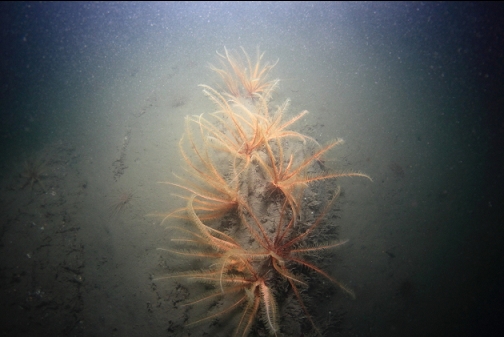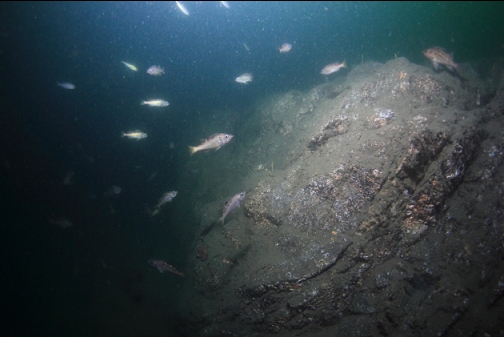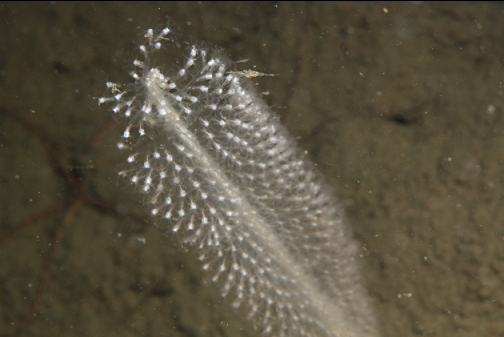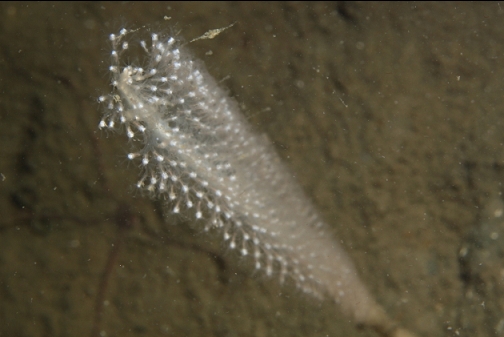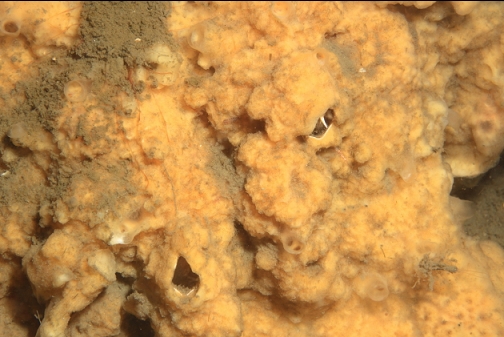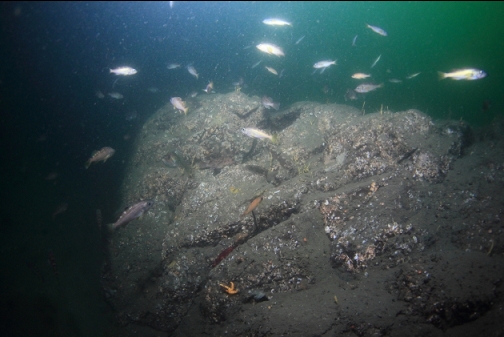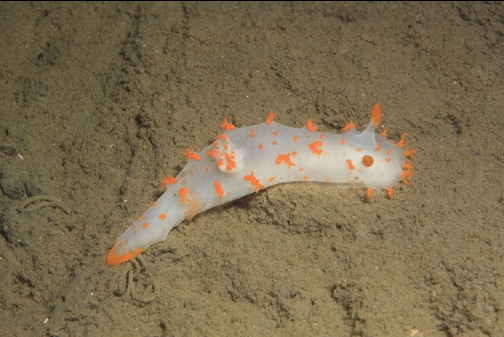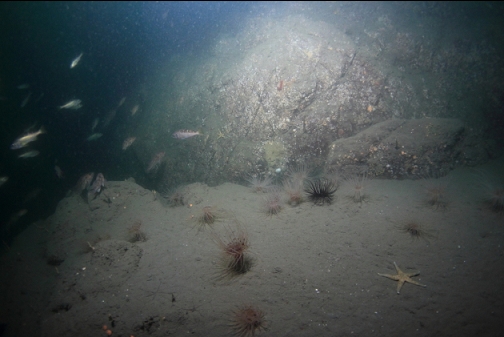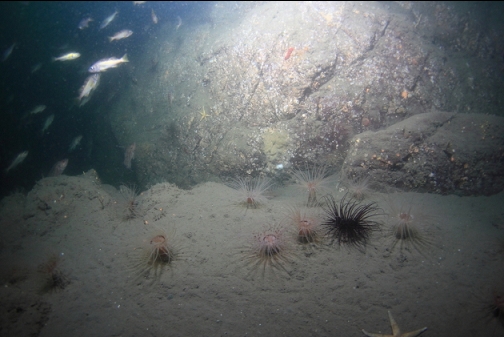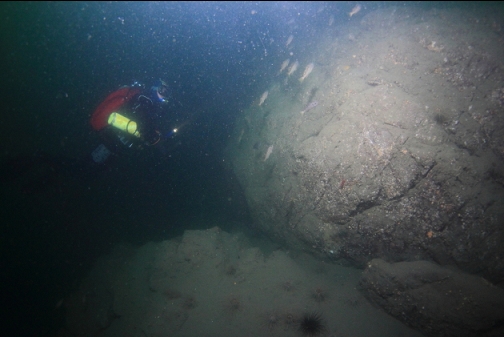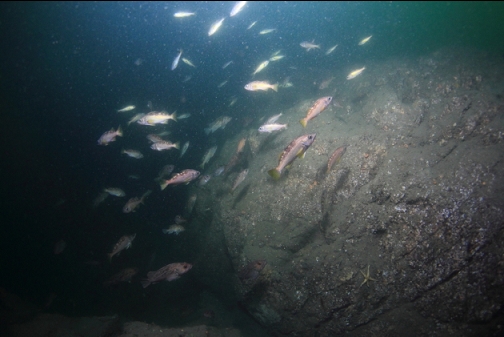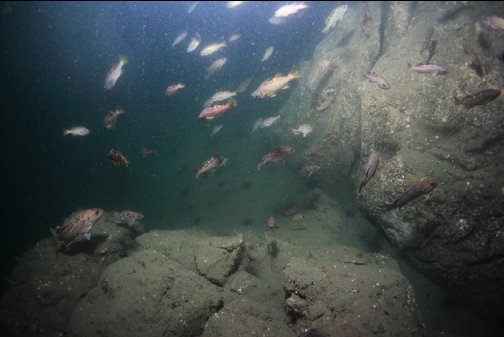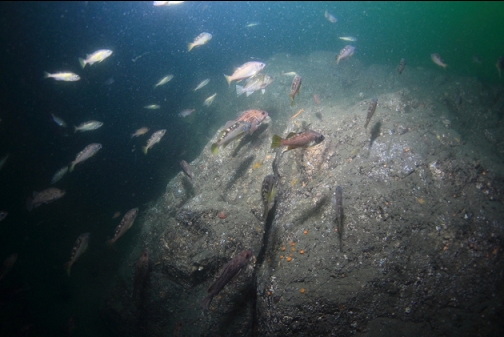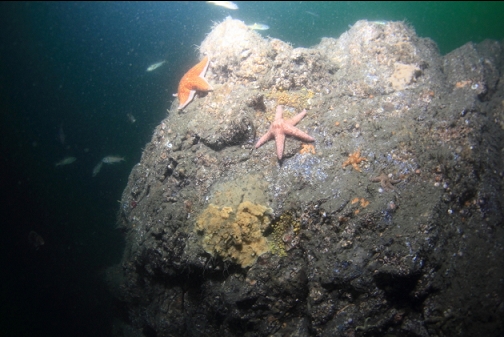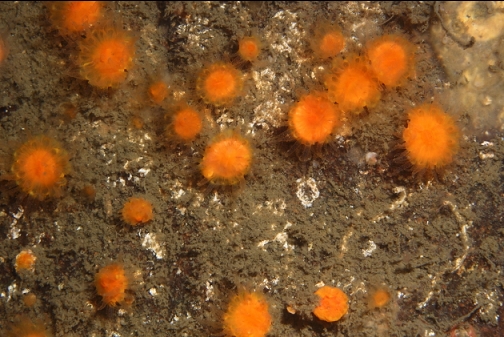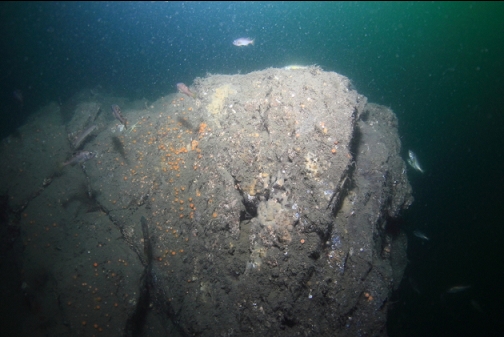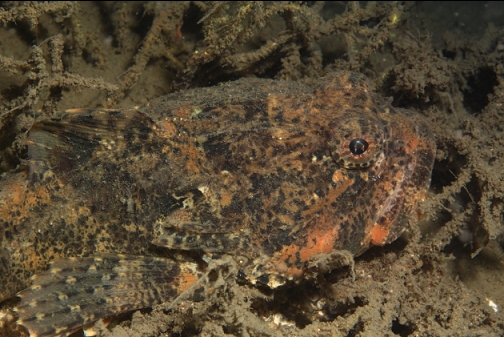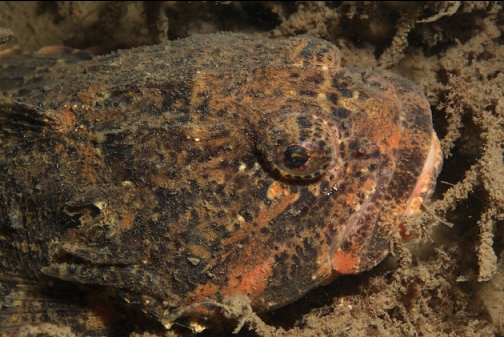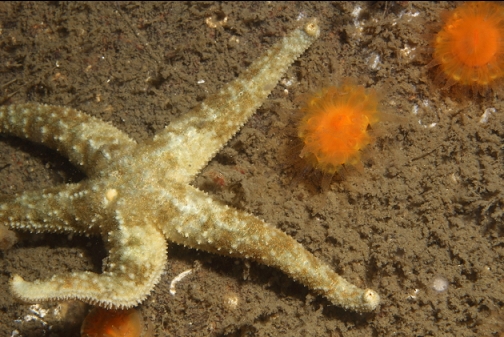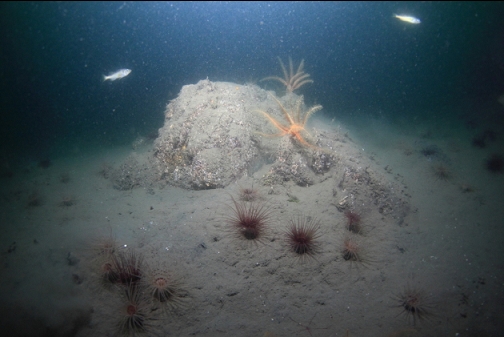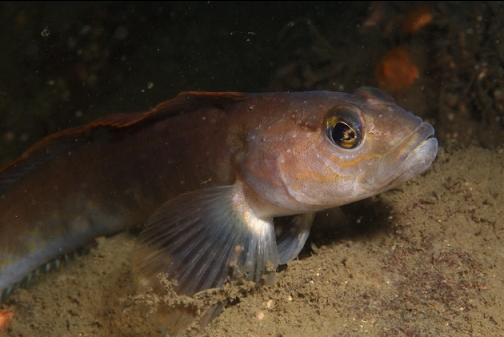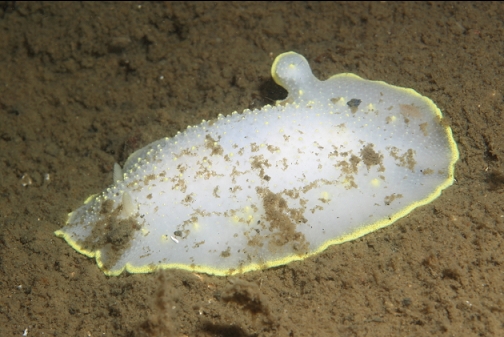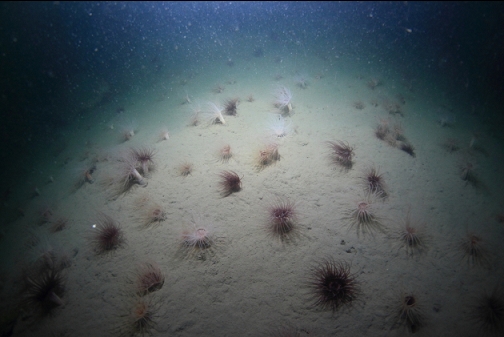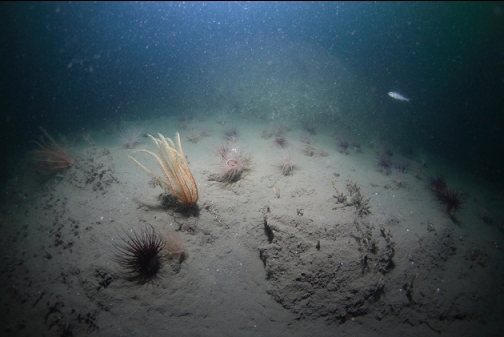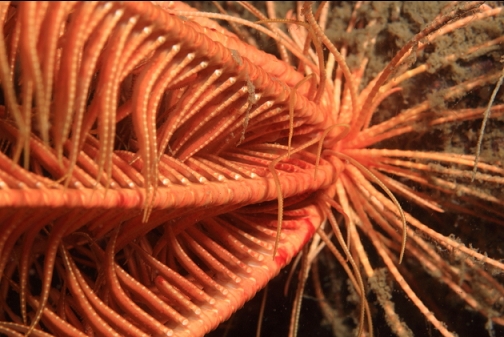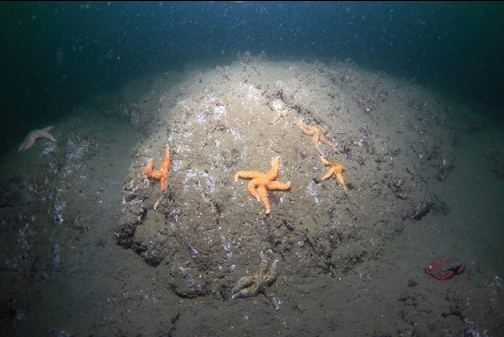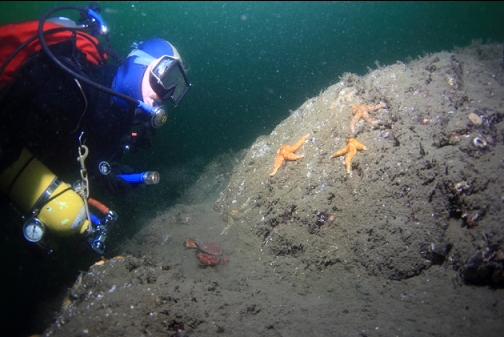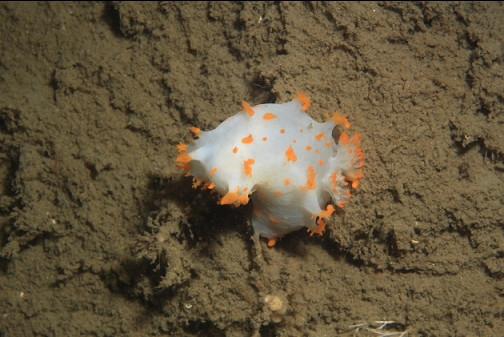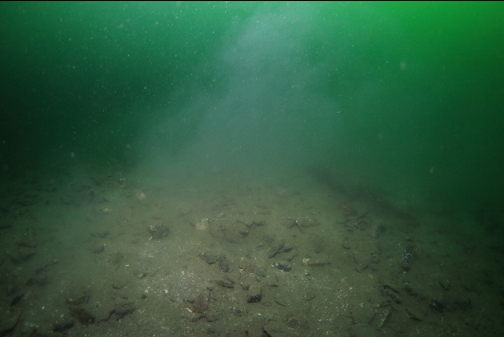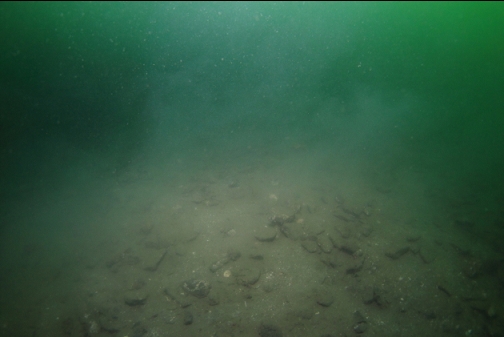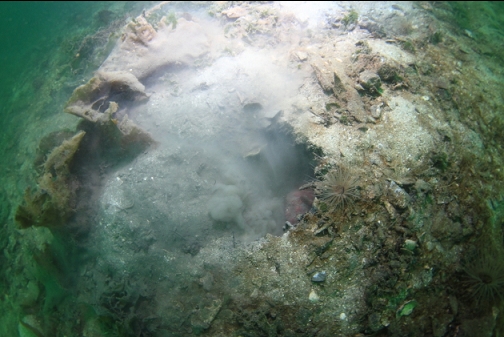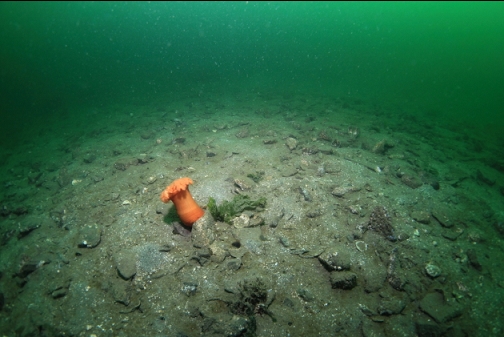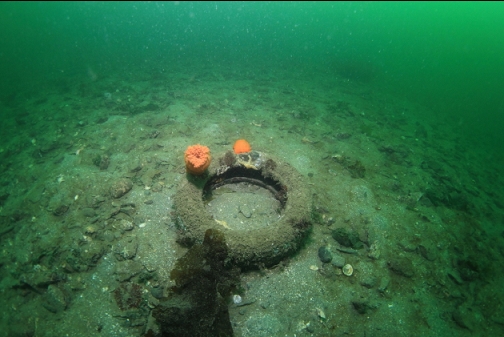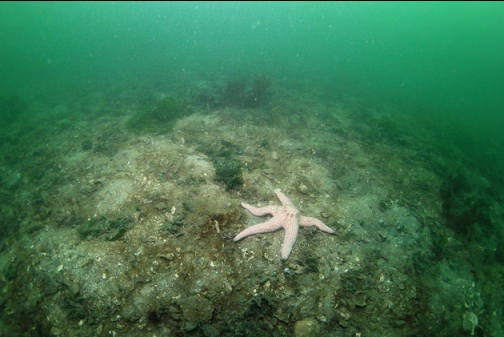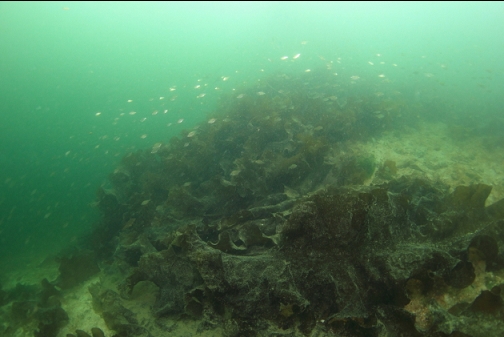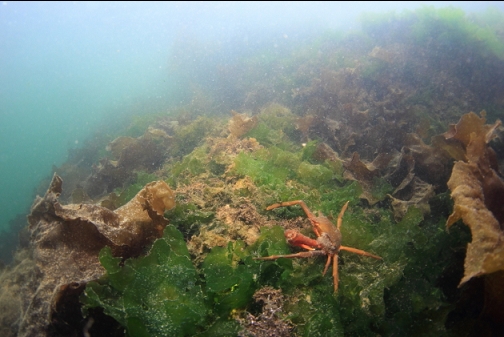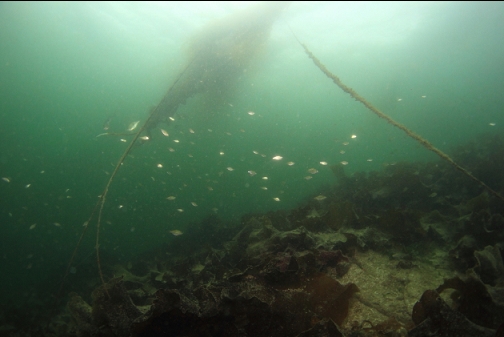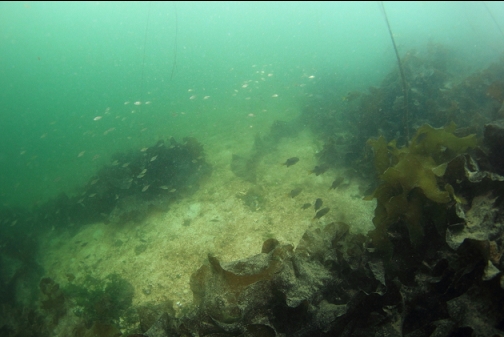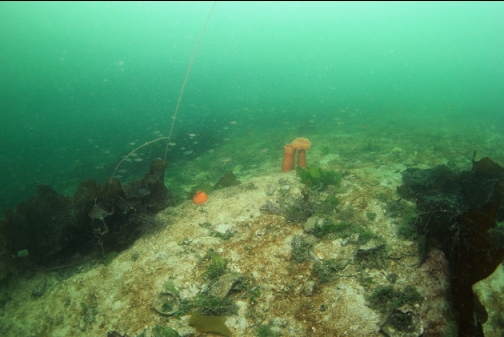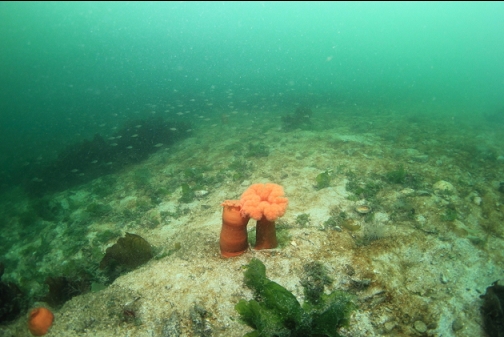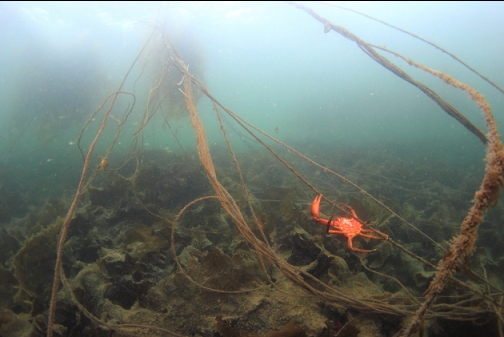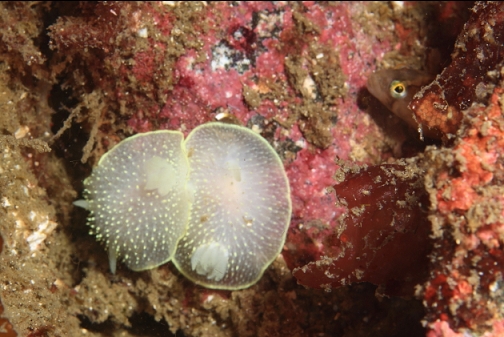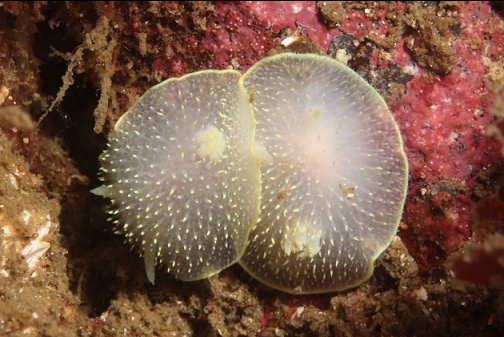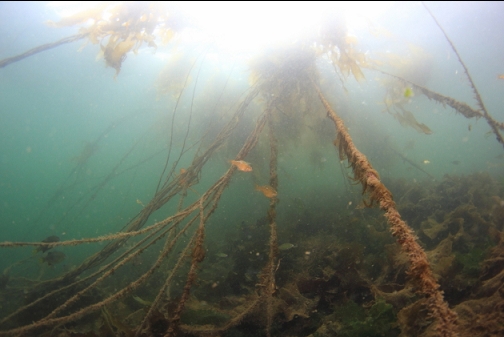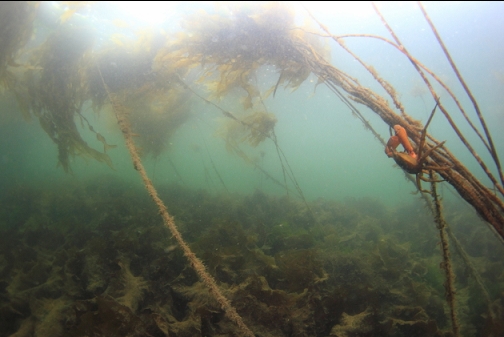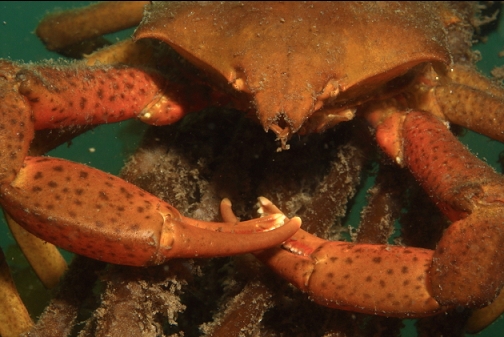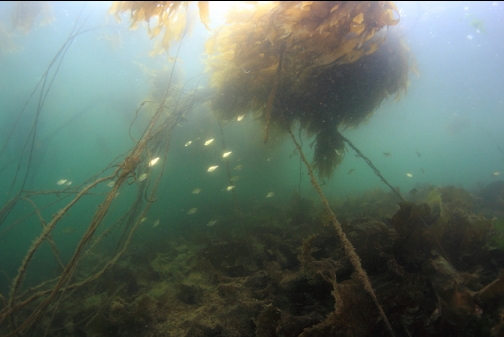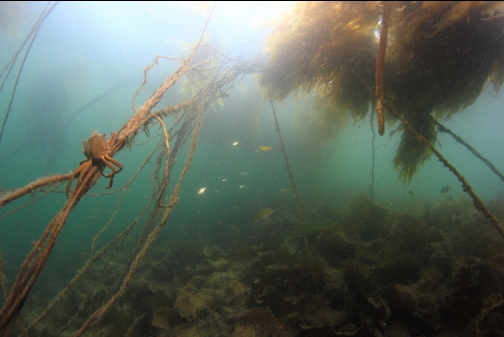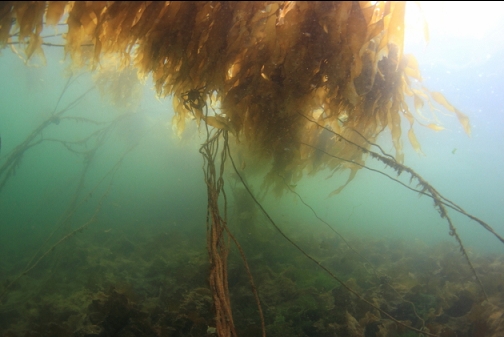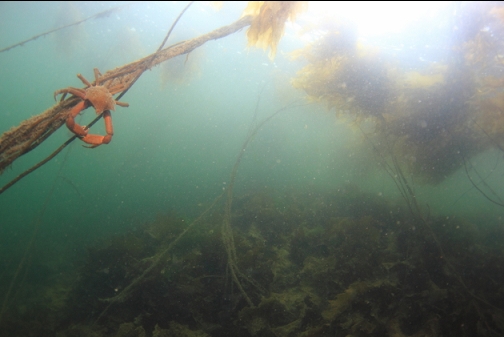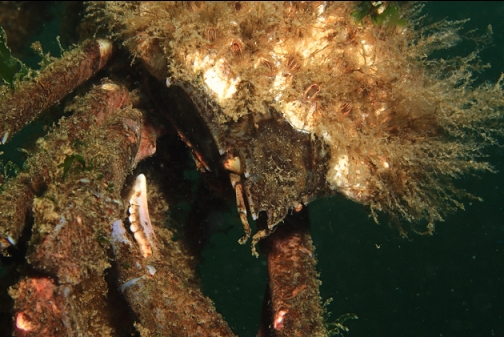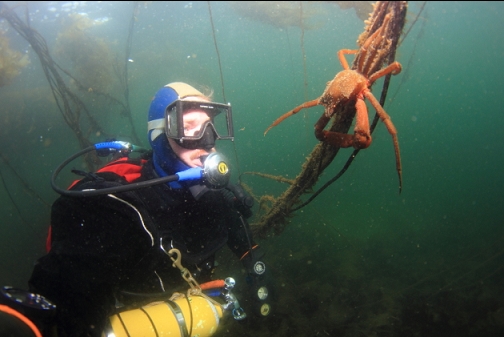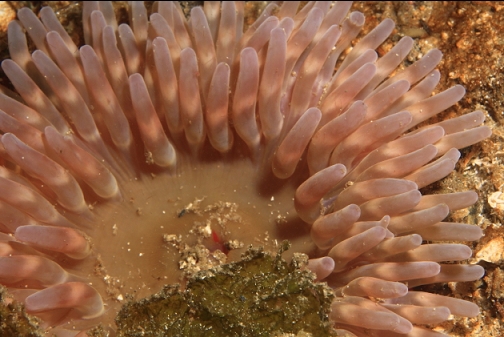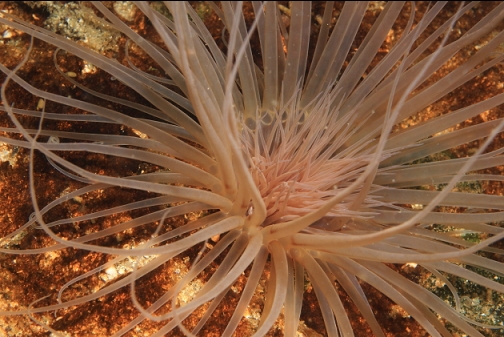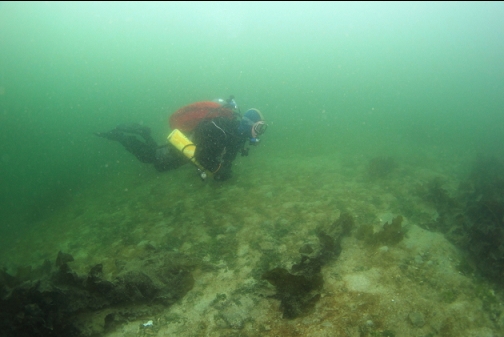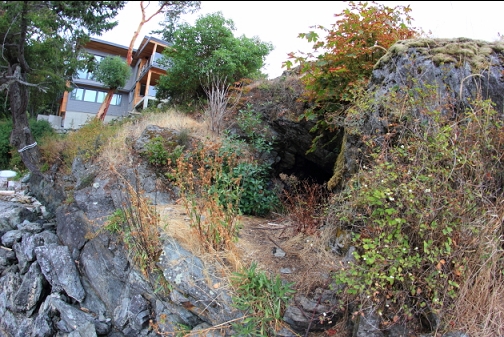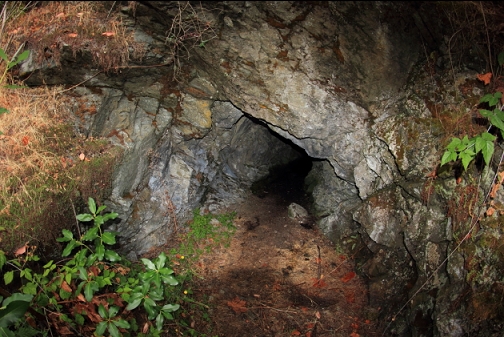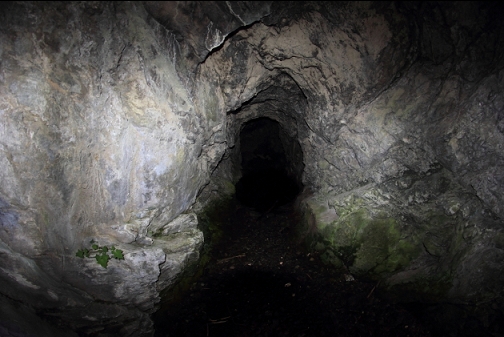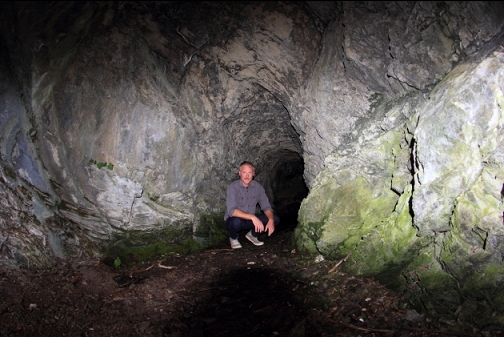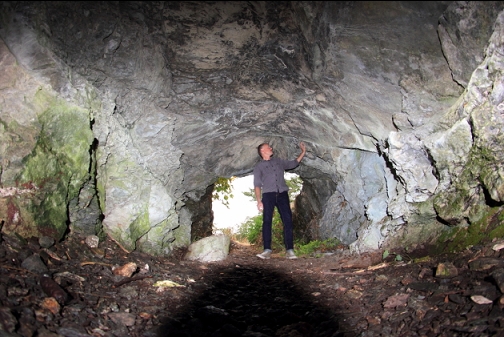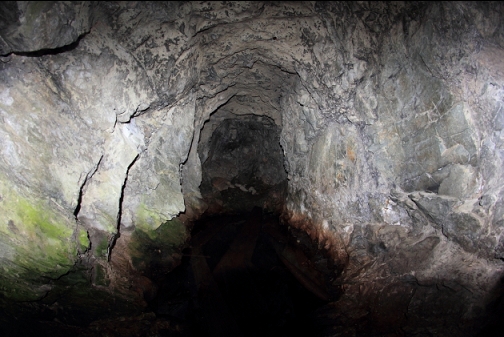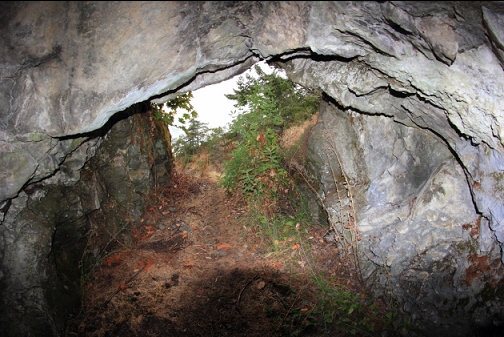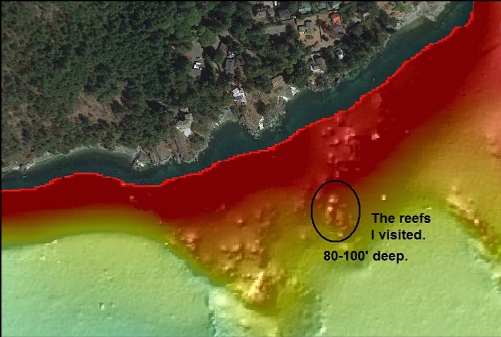I did a single dive here about 5 years ago. At the time I said I wouldn't bother coming back. Now, looking at a sidescan sonar image of the area, I noticed another rocky area sticking out from shore near the small cove that was my entry-point. This series of rocky reefs went down to about 110' deep according to the marine chart. I thought I would give this place another try so I came out on Aug. 26, 2018.
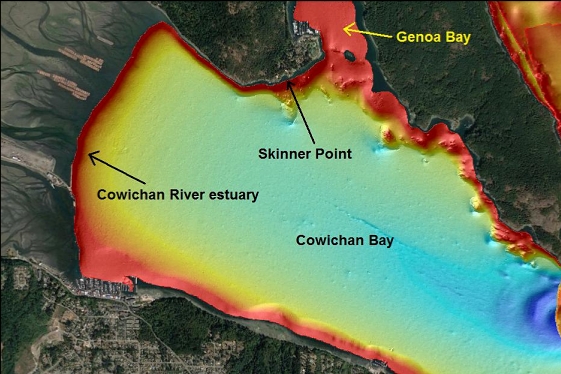
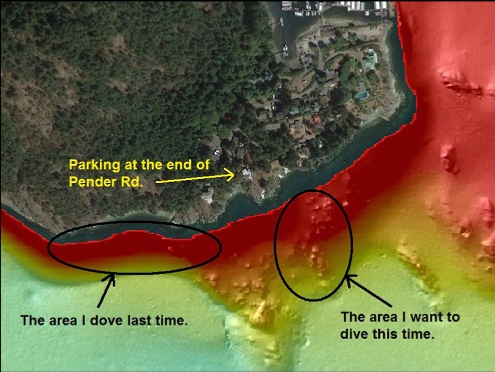
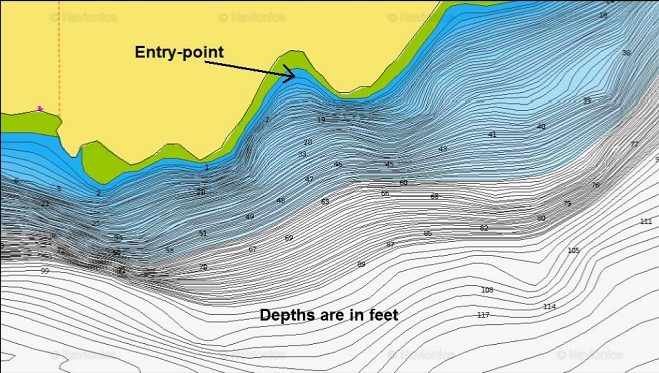
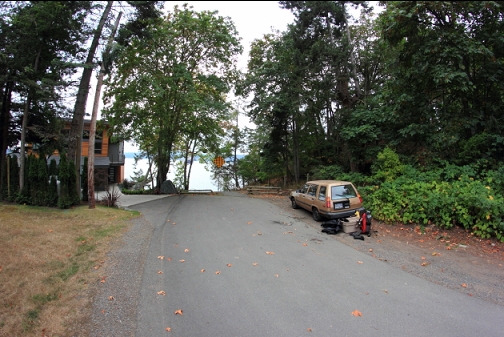
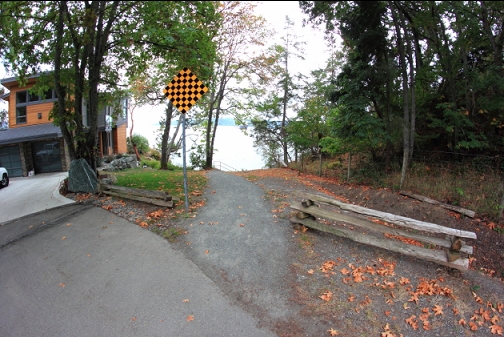
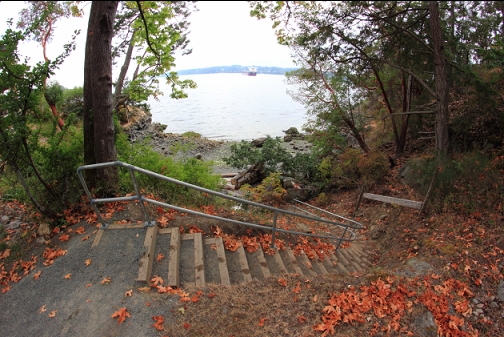
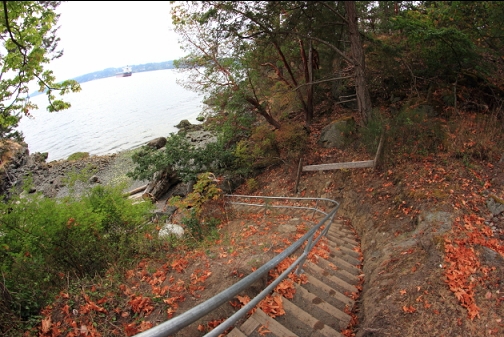
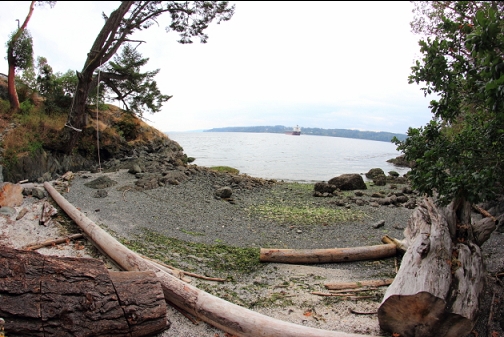
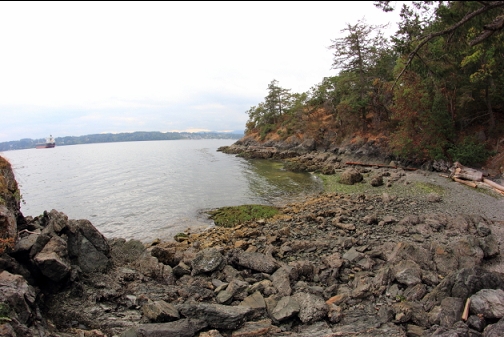
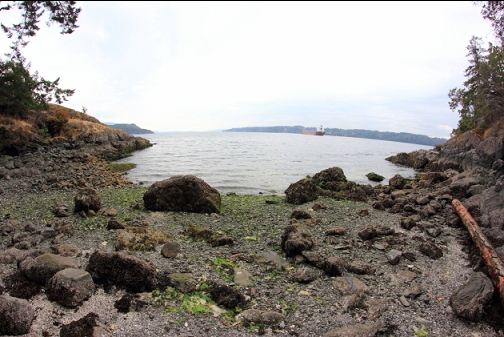
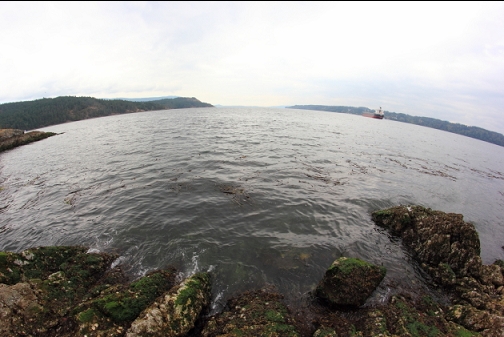
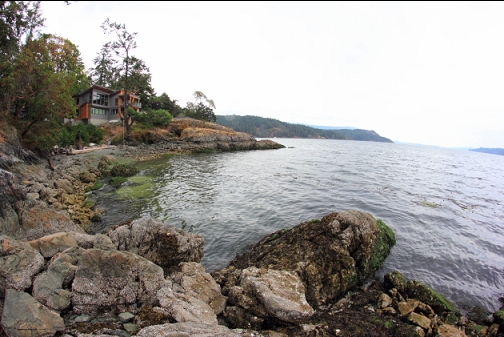
I was surprised to see some patches of bull kelp growing along the shoreline. I had assumed that the water in Cowichan Bay was too warm for bull kelp to grow. It needs a water temperature of less than 15 degrees. This is why there haven't been many bull kelp beds in the Strait of Georgia in the last couple of years. The surface water has been too warm. Bull kelp still thrives in the Strait of Juan de Fuca where the Summer water temperature is usually less than 15 degrees. During the dive today, my dive computer displayed a water temperature in the shallows of 14 degrees. I guess this was just under the limit to allow the kelp to grow. It still looked kind of stunted like the bull kelp in the Strait of Georgia (when it could grow back in the cooler years). I still hear this lack of bull kelp beds in the Strait of Georgia being blamed on urchins. I saw a sign on the shoreline last year on Hornby Island saying voracious urchins were responsible for the lack of bull kelp even though the water temperature was 19 degrees. Anyway, visibility here at Skinner Point was around 10' today.
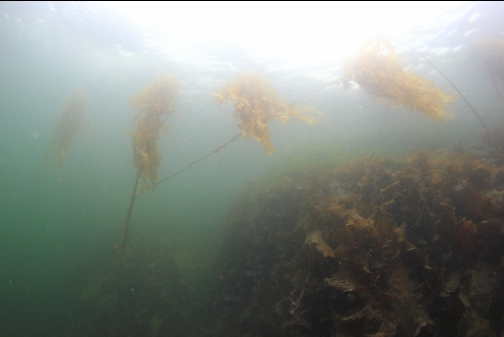
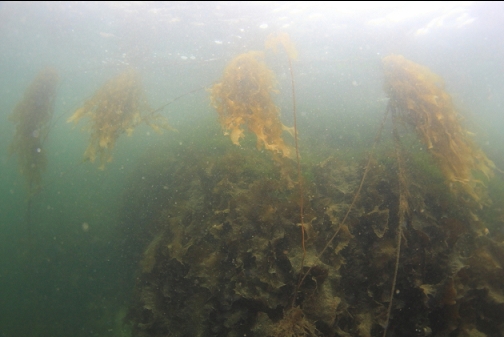
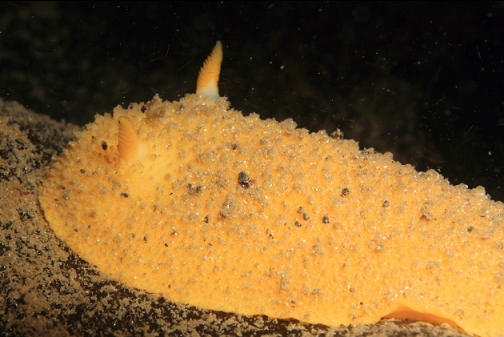
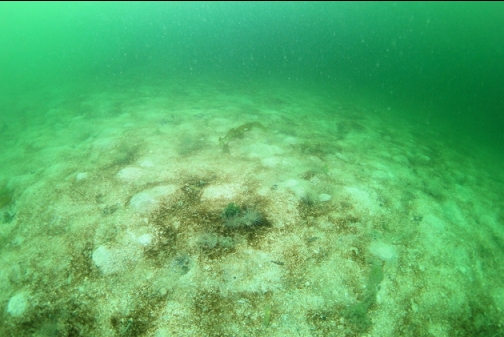
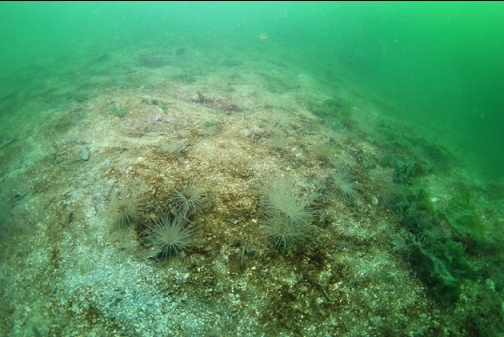
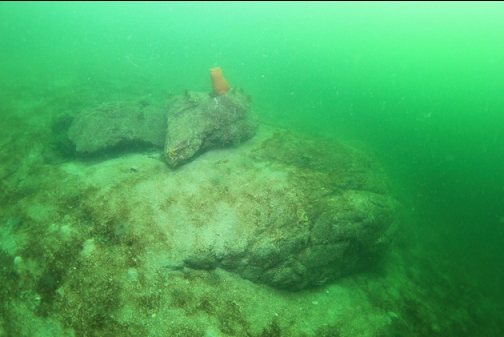
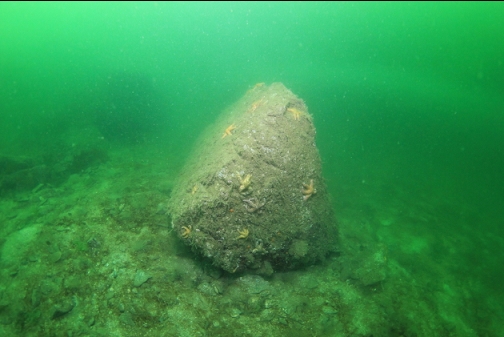
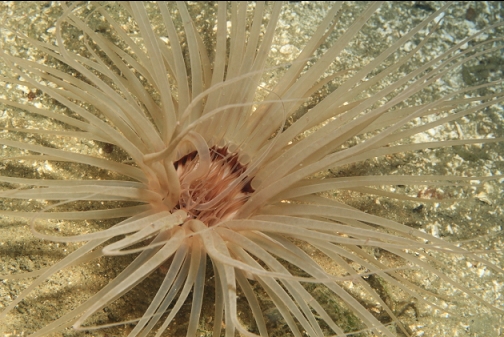
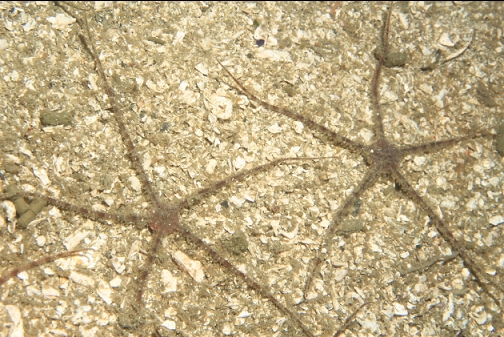
I followed my compass out from the small cove towards where the rocky reef was supposed to be. Most of the area sloping down from shore was silty sand with tube-dwelling anemones.
Eventually, after swimming down the silty slope for awhile, I reached the rocky reef about 80' deep. The area was very silty. The rocky area seemed to end around 100' deep. I swam down to 110', but there seemed to be just sand down there. I saw a small sea whip near the reef. Feather stars and tube-dwelling anemones were the most obvious species. There was one area with a group of small brown, yellowtail and Puget Sound rockfish. Visibility here was still 10' or less.
On my swim back up the sandy slope from the reef, there were some big clouds of silt blocking my view. At first I thought they might have been caused by seals or dogfish sharks hunting along the bottom. Then I noticed that the silt clouds were coming out of red rock crab burrows. I'm guessing they were digging out their homes and the sediment was so fine, it hovered in the water column.
So now that I've been here twice and visited both directions out from the entry-point, I'll say that I don't plan on diving here again. If I lived closer or the visibility was better, it might be worth visiting now and then. By the way, the old mine test tunnel (I'm guessing that's what it is) next to the bay was still there. Judging by the smell, it seems to be home to some river otters.






















